Getting started with IMM
What is impact measurement and management (IMM)?
Impact measurement and management (IMM) refers to the practice of monitoring project progress, collecting data, and measuring the impact of one’s programs and interventions, both positive and negative. IMM is also referred to as monitoring and evaluation (M&E) or monitoring, evaluation, and learning (MEL). Other commonly used acronyms include MERL, MERLA, MECLA, D-MERL, and MEAL.
